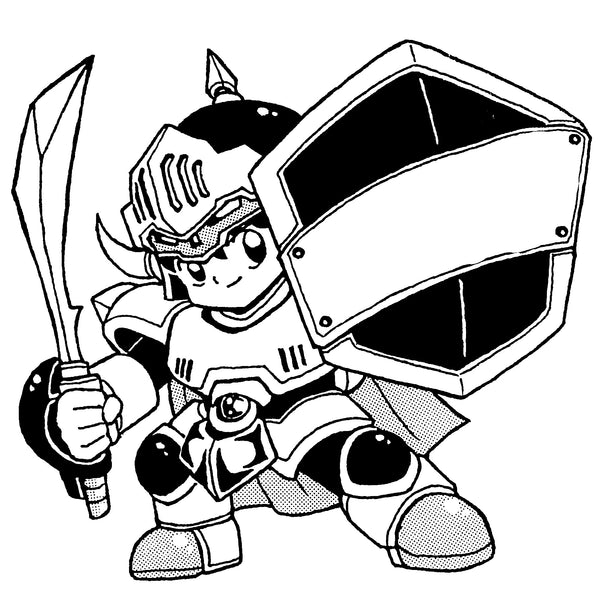Country Guide — United States (US)
Country Guide — United States (US)
Play Japanese (NTSC-J) consoles safely with a clean picture
Last updated: 29 Aug 2025
TL;DR
-
Power (120 V): A Japanese 100 V console may power on, but for vintage hardware use a 120→100 V step-down or a US-regional PSU for long-term reliability.
-
Video system: US TVs are NTSC; color matches JP. The real hurdle is 240p support on modern TVs.
-
HDMI-only TVs: Use a reputable upscaler/converter; aim for low input lag.
-
Region lock: Match game region = console region to avoid errors.
1) Power in the US
-
Mains: 120 V / 60 Hz · Plugs: Type A/B
-
Rule of thumb: For JP 100 V PSUs, prefer a step-down or a US-regional PSU. Keep transformers ventilated; choose ≥ 2× the console’s rated watts.
Console quick notes
-
Famicom / Super Famicom: JP PSU is 100 V → step-down or regional PSU.
-
Nintendo 64 (JP): Sensitive power brick; can run warm on 120 V → step-down or US PSU recommended.
-
GameCube (JP): Swap to a US PSU if available, or use a step-down.
-
Wii (JP): May power on at 120 V, but not advised for long-term use → US Wii PSU or step-down.
-
PC Engine / CoreGrafx / Saturn / Mega Drive / Dreamcast (JP): Step-down recommended.
-
PlayStation / PlayStation 2 (JP): Behavior varies by revision; when unsure, use a step-down.
-
Neo Geo AES/CD: PSU specs vary (voltage/polarity). Verify first; if using a JP PSU, a step-down is safest.
2) Video & Cables (US)
-
Quality order: RGB/Component > S-Video > Composite.
-
Super Famicom / Saturn / PS1 / Neo Geo: RGB output possible (JP21/SCART).
-
Note: JP21 and EU-SCART share a shell but use different pinouts. Use the correct standard or a proper adapter.
-
-
Nintendo 64 (JP): Composite/S-Video. RGB is not stock on most JP units (mods/special adapters exist).
-
GameCube DOL-001: Composite/S-Video; Component via Digital AV Out (official or third-party). HDMI adapters exist.
-
GameCube DOL-101: Composite/S-Video; no Digital AV Out (HDMI via analog adapters only).
-
Wii: Component recommended. Simple HDMI adapters (“Wii2HDMI”) are available.
-
Dreamcast: VGA 480p via a VGA box → HDMI adapters available.
HDMI-only TV — basic chain
Console → (Composite / S-Video / RGB / Component) → Upscaler/Converter → HDMI → TV
-
On the TV: enable Game Mode, disable motion smoothing, and prefer 240p/60 Hz-friendly processing where possible.
3) Region & Controllers
-
Cartridges/discs: Most platforms are region-locked. Use JP software on JP hardware.
-
Controllers: SFC and SNES share the same connector and generally work cross-region (minor exceptions exist).
4) Fast setup (Super Famicom on a US HDMI TV)
-
With everything powered off, connect the SFC multi-out to Composite / S-Video / RGB.
-
If your TV has only HDMI, connect that cable into a reputable upscaler.
-
HDMI from the upscaler to the TV; select the correct input.
-
Power on the upscaler first, then the console.
-
If the image is unstable, set the upscaler to 240p/60 Hz and turn off motion smoothing on the TV.
5) Troubleshooting
-
Black-and-white or rolling image: Your TV may not handle NTSC 240p → use an upscaler.
-
Noise or hum: Reseat red/white audio plugs; try another input; reduce shared power strips.
-
Game won’t boot: Clean cartridge contacts; power-cycle; try another cable.
Helpful links
